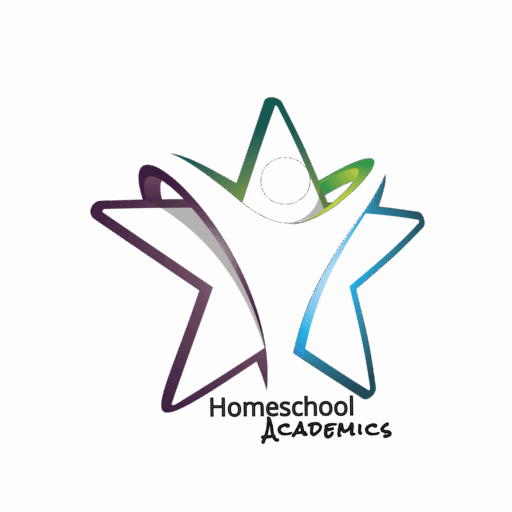If you’ve ever wondered how to make your lessons more engaging, memorable, and meaningful, project-based learning (PBL) might be your answer. Rather than teaching skills and concepts in isolation, a project-based approach organizes instruction around a real-world task or problem that students explore and solve over time. It’s hands-on, minds-on, and deeply student-centered.
Here’s how to plan lessons using a project-based approach that keeps learning purposeful and students motivated.
Start with a Big, Juicy Question
Every great project starts with a driving question—something open-ended, relevant, and thought-provoking. It should spark curiosity and set the stage for meaningful exploration. The best questions are tied to real-world issues or authentic challenges that matter to students.
Examples include:
- How can we design a sustainable garden for our community?
- What does it take to start a successful teen-run business?
- How can we raise awareness about endangered species in our region?
This question becomes the compass for the entire project, guiding every lesson, activity, and conversation along the way.
Align with Learning Goals and Standards
Even the most creative projects need a solid academic foundation. Identify what you want students to learn and how those outcomes align with your curriculum, state standards, or desired skills. Project-based learning works best when it integrates content from multiple subject areas, while also developing soft skills like collaboration, problem-solving, and communication.
Whether you’re covering math objectives, reading standards, or science concepts—make sure the project pulls those threads together in a meaningful way.
Map Out the Journey
Once your question and goals are clear, it’s time to chart a course. Break the project into phases that give structure and momentum:
- Launch or Entry Event
Start with something that grabs attention—a video, guest speaker, mystery box, or hands-on challenge. - Inquiry and Research
Let students explore the topic, ask questions, and gather information through reading, observation, interviews, or experiments. - Workshops and Skill Building
Offer targeted mini-lessons to teach the content or skills students will need along the way—like writing a persuasive letter or analyzing data. - Design and Create
Students apply their learning to develop a product, solution, or performance that answers the driving question. - Feedback and Revision
Build in time for reflection, peer feedback, and revision. Learning deepens when students iterate and improve their work. - Presentation and Celebration
Have students share their final product with a real audience—parents, classmates, community members, or online peers. It makes the work matter.
Make It Authentic
The best projects end with a tangible product or solution—something that could exist in the real world. That might be:
- A campaign to reduce plastic waste
- A podcast series on local history
- A business plan for a pop-up shop
- A museum-style exhibit about ancient civilizations
Authentic work encourages students to take pride in their learning and see how their knowledge can have impact beyond the classroom.
Assess Along the Way
Assessment in PBL goes far beyond tests. Use a mix of strategies to measure learning:
- Rubrics aligned with standards
- Journals, learning logs, or digital portfolios
- Group collaboration reflections
- Self-assessments and peer feedback
- Final presentations or showcases
Make assessment visible and ongoing so students always know where they are and where they’re going.
Shift from Instructor to Facilitator
In a project-based classroom, the teacher’s role shifts from lecturer to guide. Instead of delivering all the answers, you support students as they:
- Manage timelines and group tasks
- Navigate research and problem-solving
- Reflect on their process
- Tackle challenges with resilience
Facilitating a project doesn’t mean letting go of structure—it means using your expertise to create an environment where students can think, explore, and grow.
Empower Student Voice and Choice
One of the most powerful aspects of project-based learning is the room it gives students to make decisions. Let them choose topics that matter to them, take on roles that fit their strengths, or decide how they’ll present their work. Voice and choice lead to ownership—and ownership leads to engagement.
A Real-Life Example
Let’s say your middle school science class explores the question:
“How can we reduce plastic waste in our community?”
Students might:
- Research the impact of plastic on oceans and wildlife (Science)
- Calculate family plastic usage with charts and graphs (Math)
- Interview local leaders or business owners (ELA/Social Studies)
- Create a campaign with posters, videos, or infographics (Art/Tech)
- Present their ideas at a community event or school assembly
In this single project, they learn academic content and how to be changemakers.
Project-based lesson planning isn’t just a teaching strategy—it’s a mindset. It asks us to trust students as capable learners, to see academic content as connected to the world around us, and to embrace the creative messiness of authentic learning. When students are working on something that matters to them, the learning sticks—and the spark stays lit.


